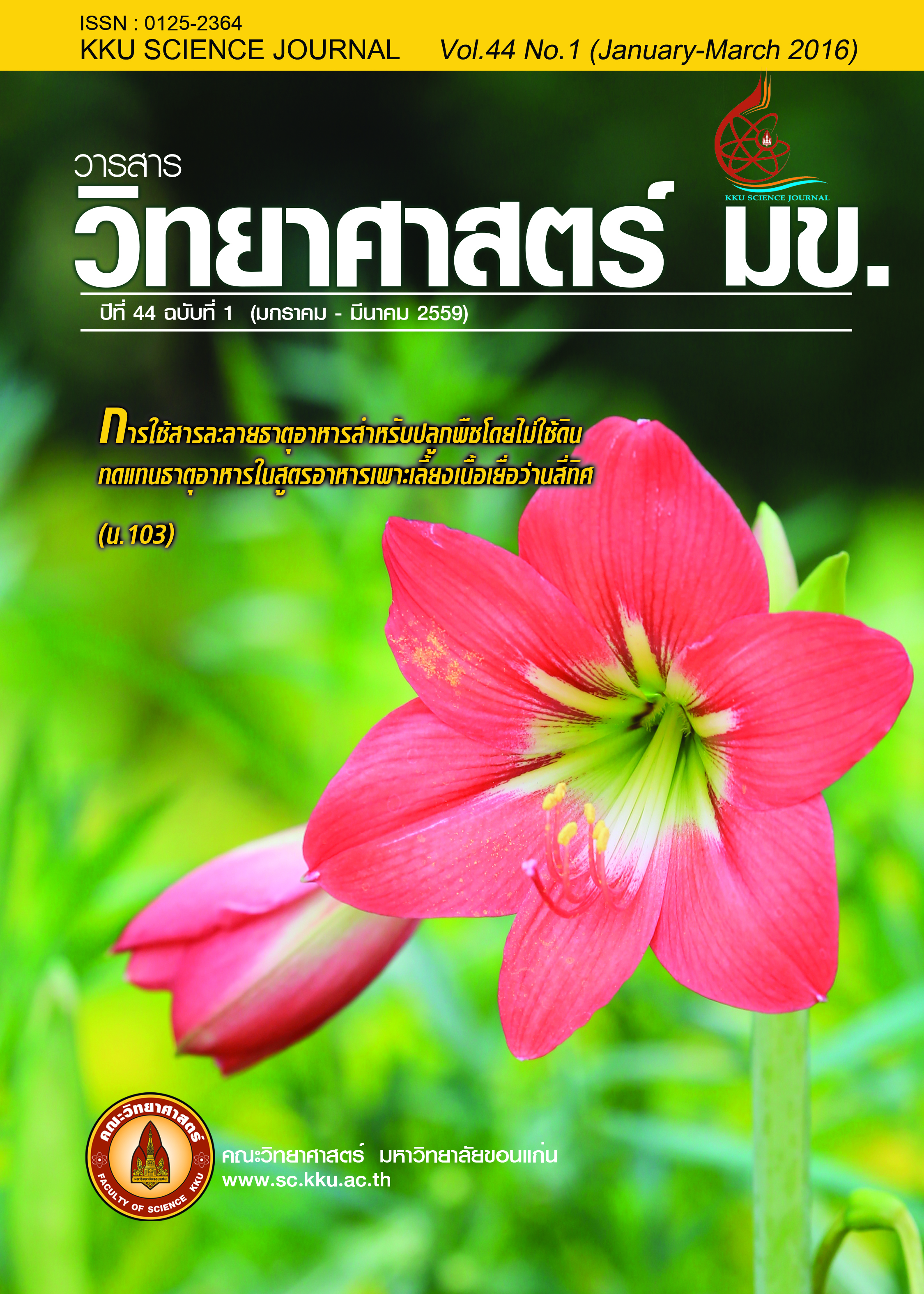Enzymatic Silk Degumming: The Challenged Process for Upgrading Quality of Thai Silk
Main Article Content
Abstract
Signature of Thai silk is found in its texture, special luster, and being a handcraft with distinctive color patterns and weaving designs. A possible way to efficiently improve the overall production of Thai silk is to replace the usage of chemicals with asericin-specific protease in a silk-degumming process. The enzyme can specifically hydrolyze sericin without damaging fibroin with an absolutely defined endpoint under a lower temperature than that used intraditional methods; thus providing a better control of the process as
well as higher quality and uniformity of degummed silk. The use of enzymatic degumming could diminish the problems in subsequent dyeing and weaving steps due to unequal quality of sericin in raw silk supplied by different producers. In addition, it promotes public understanding and core values of green technology- the chemical usage as well as energy and water consumption are reduced, therefore lowering the amount of wastes; the enzyme is possibly reused in another batch of degumming process; and water can be recycled for other purposes. Moreover, sericin may be recovered to make new products and generate additional incomes, which should surpass the cost of the enzyme. However, it is sustainable only if a good administrative system and management of sericin application are implemented, which include enzyme production, technology transfer, logistic on collecting of sericin, new production lines, and marketing strategies for Thai silk and the new products.
Article Details

This work is licensed under a Creative Commons Attribution-NonCommercial-NoDerivatives 4.0 International License.


